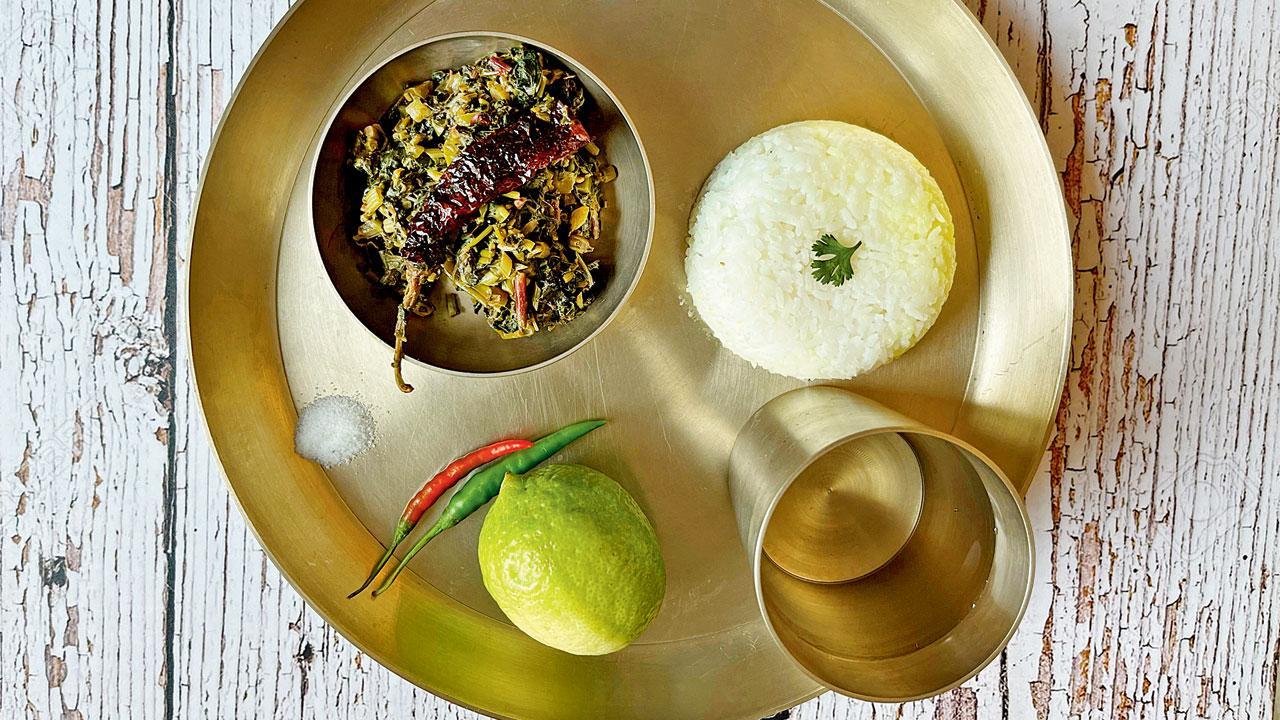Home / Sunday-mid-day / / Article /
How these Mumbaikars make different dishes with winter greens
Updated On: 12 November, 2023 09:27 AM IST | Mumbai | Nasrin Modak Siddiqi
The festival of lights also marks the commencement of colder climes and incorporating greens into your meals. Here’s how it starts for most communities in the north

Representation Pic
Last week, chef Ananya Banerjee’s local vegetable vendor at Four Bungalows in Andheri called her to inform excitedly, “Didi, sab shaak aagaya hai.” The leafy green vegetables he was referring to were palong (spinach), laal shaak (red amaranth), kumro (pumpkin leaves), chakundar (beetroot leaves), kolmi (water spinach or taro leaves), pui shaak (malabar spinach), kalmi (watercress), thakur (amaranthus tricolour), methi (fenugreek leaves), dhone (coriander leaves), sojne (moringa leaves), dhutura (Jimson weed), kumra (sweet potato leaves) and neem pata (neem leaves).
During Kali puja—celebrated at the same time as Diwali—Bengalis make choddo shaak with the fourteen vegetables mentioned above. Choddo is 14 in Bengali, and the dish is made a day before Diwali, on Bhoot Chaturdashi. It falls on the 14th day (chaturdashi) of Krishna paksha (dark fortnight) in the month of Ashwin, as per the Hindu calendar. In some homes, the vegetables are cleaned and soaked in water, and later, the water is sprinkled around the house. The belief is that the 14 types of winter greens will appease the soul of 14 purush or ancestors on the night of Bhoot Chaturdashi.




